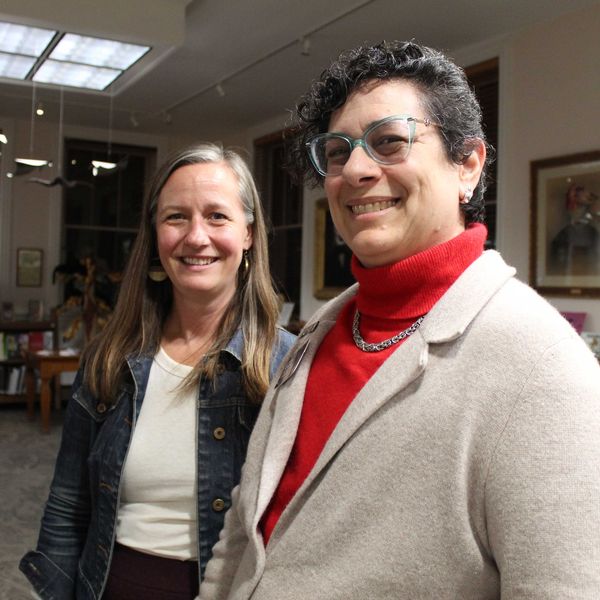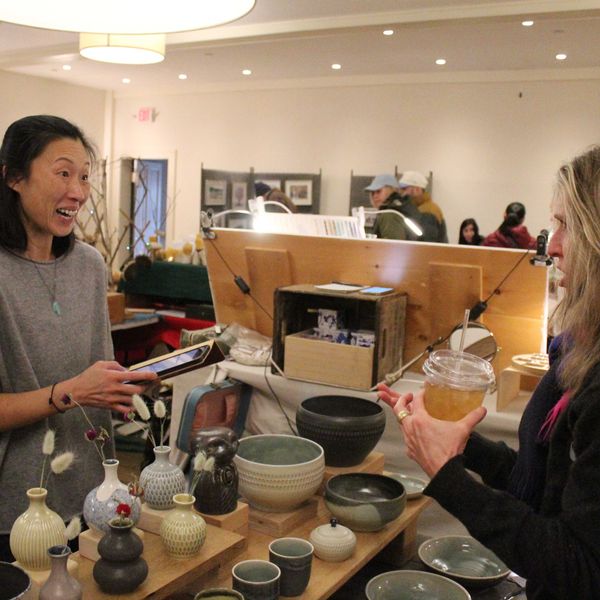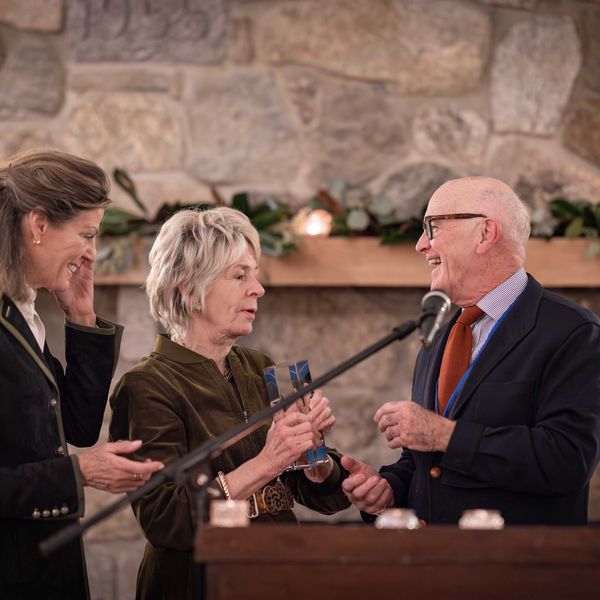Mental health collaborative aims to help students cope
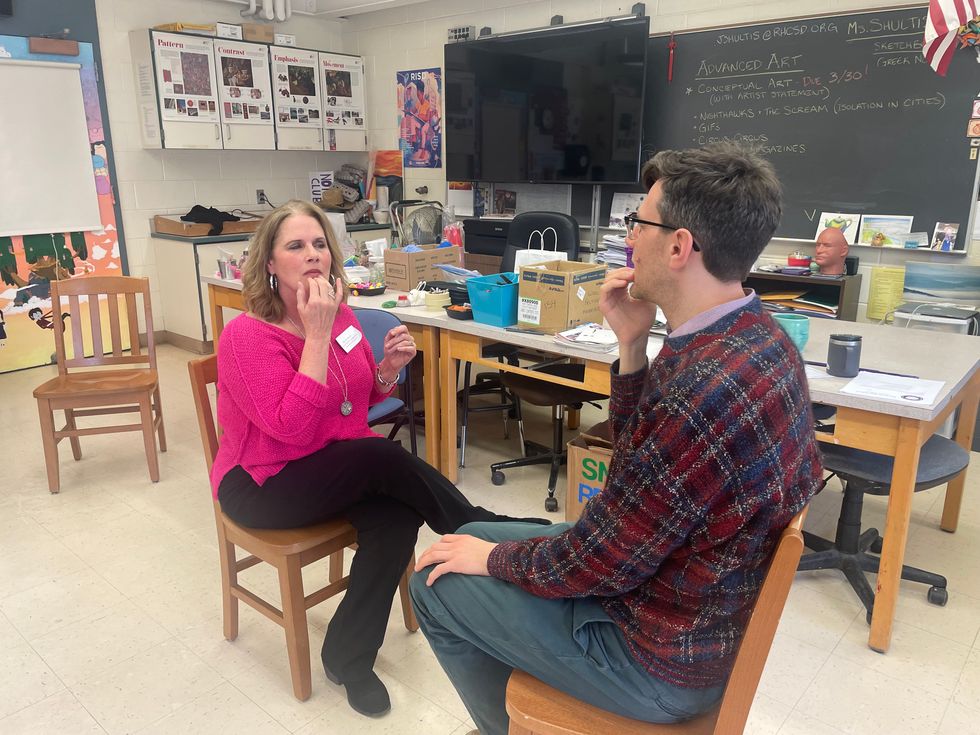
Therapist Aviva Chansky Guttmann guides community mental health provider Yair Oelbaum in tapping on meridian points while demonstrating an energy psychology practice known as EFT.
Photo by Deborah Maier
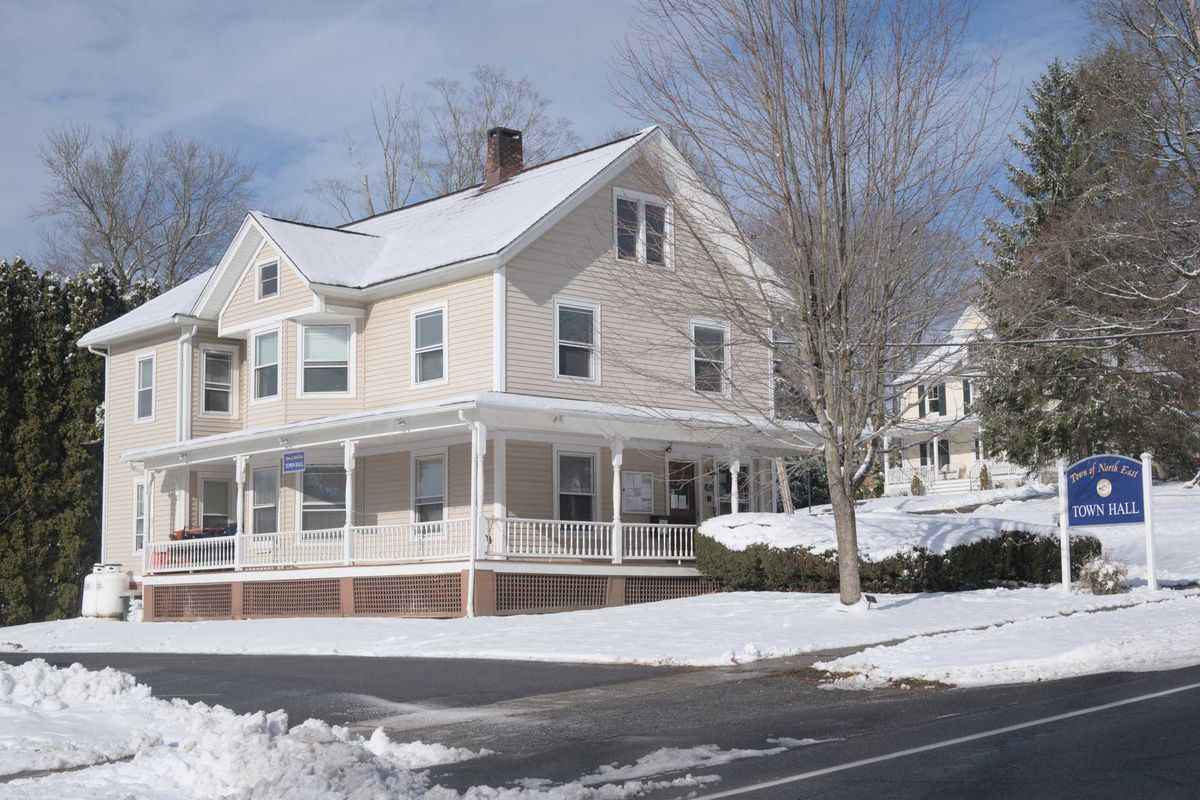

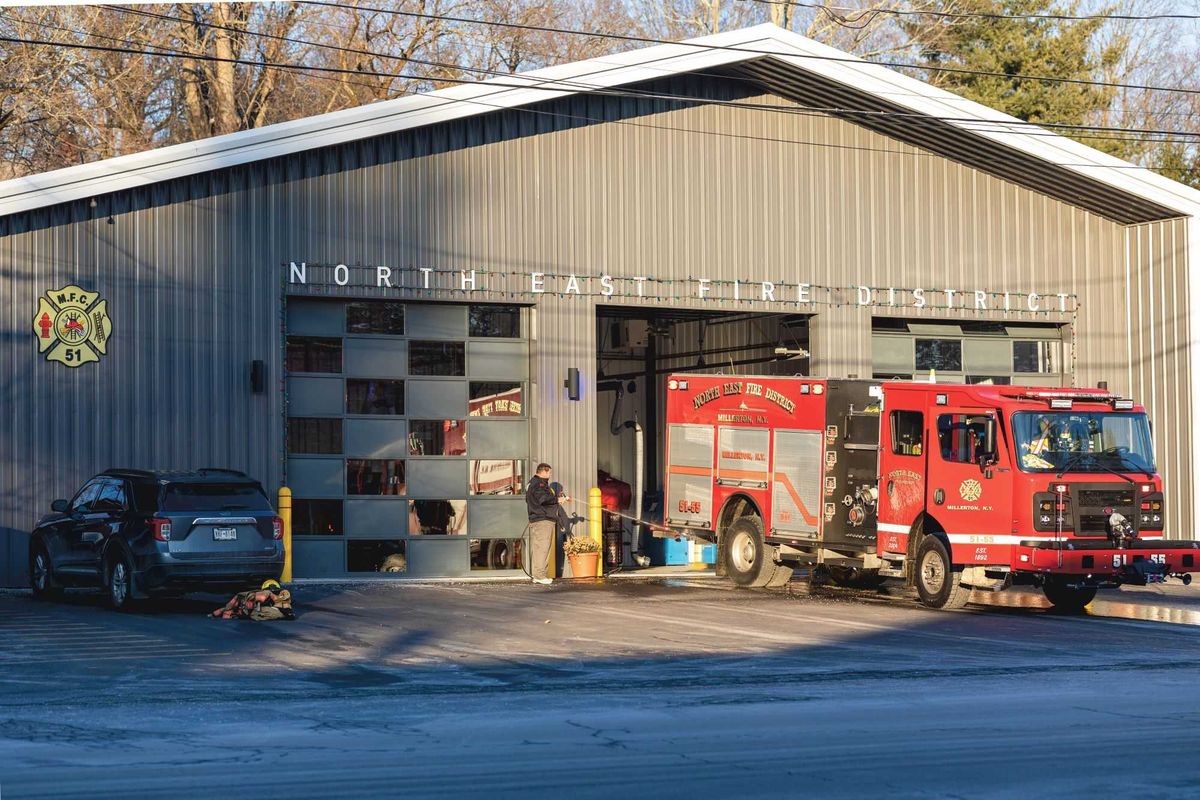
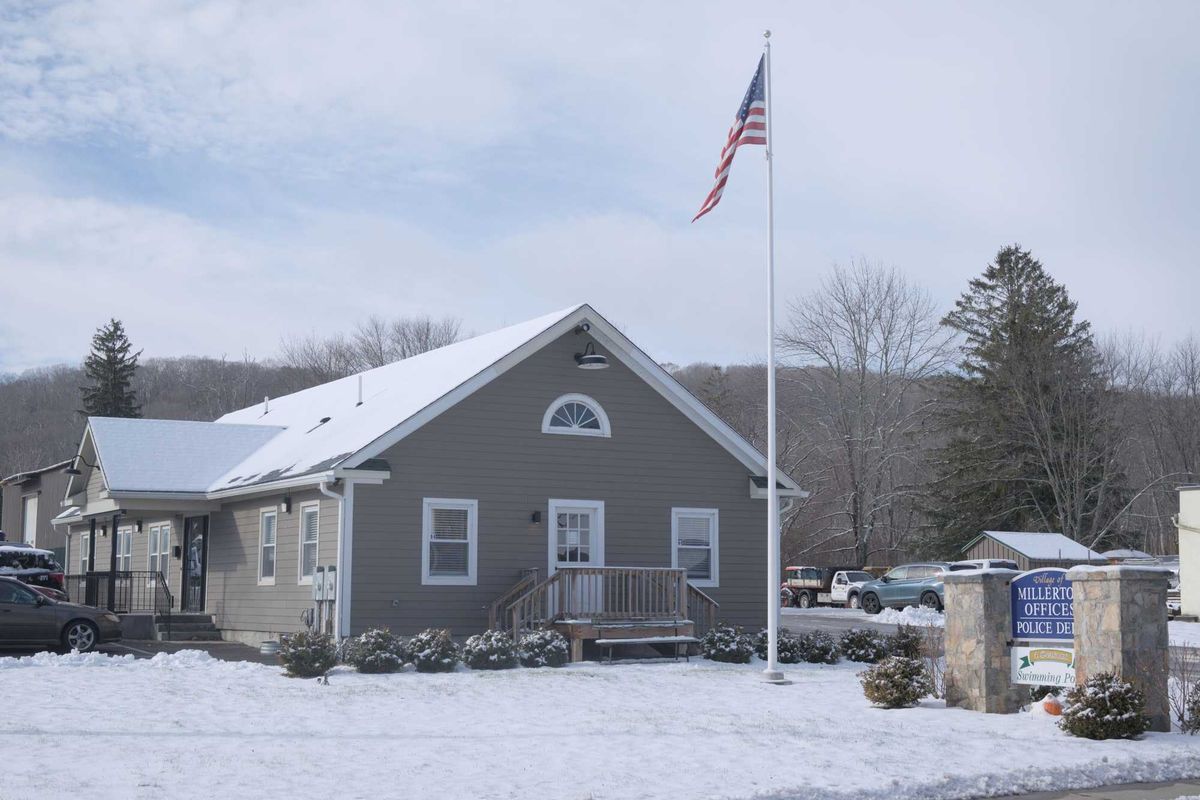
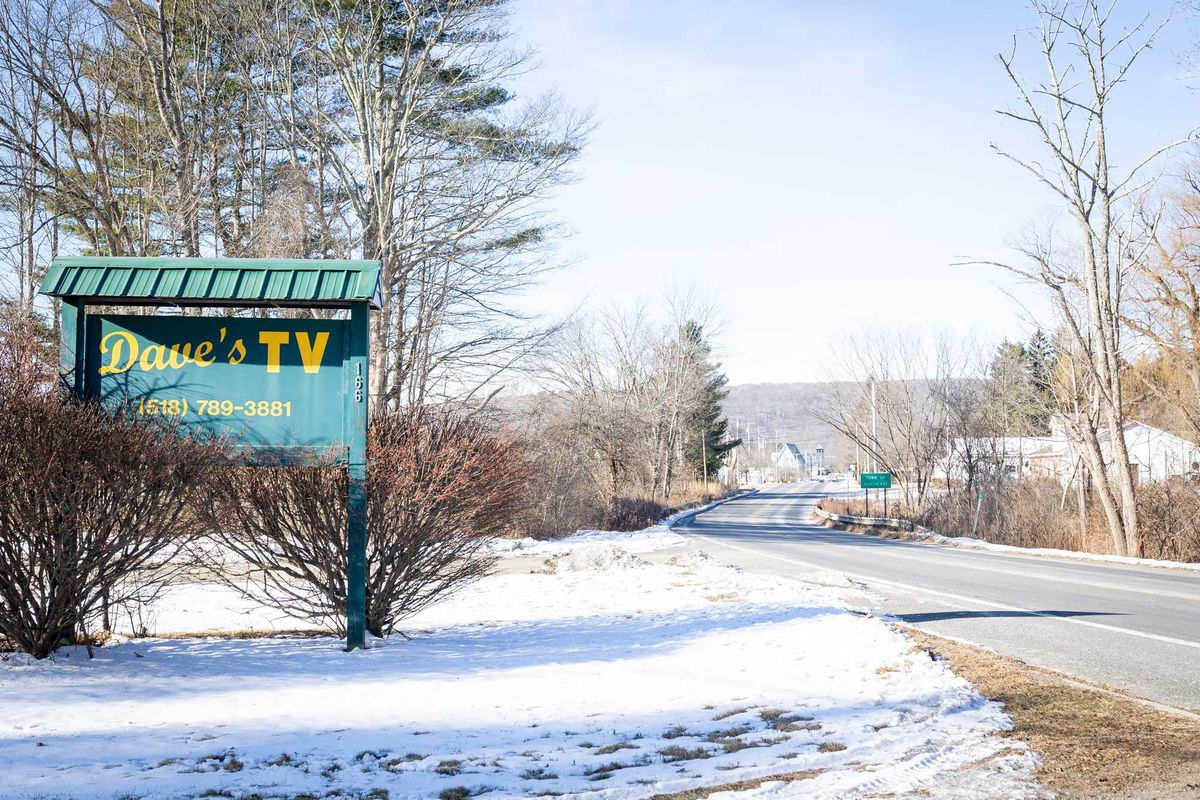
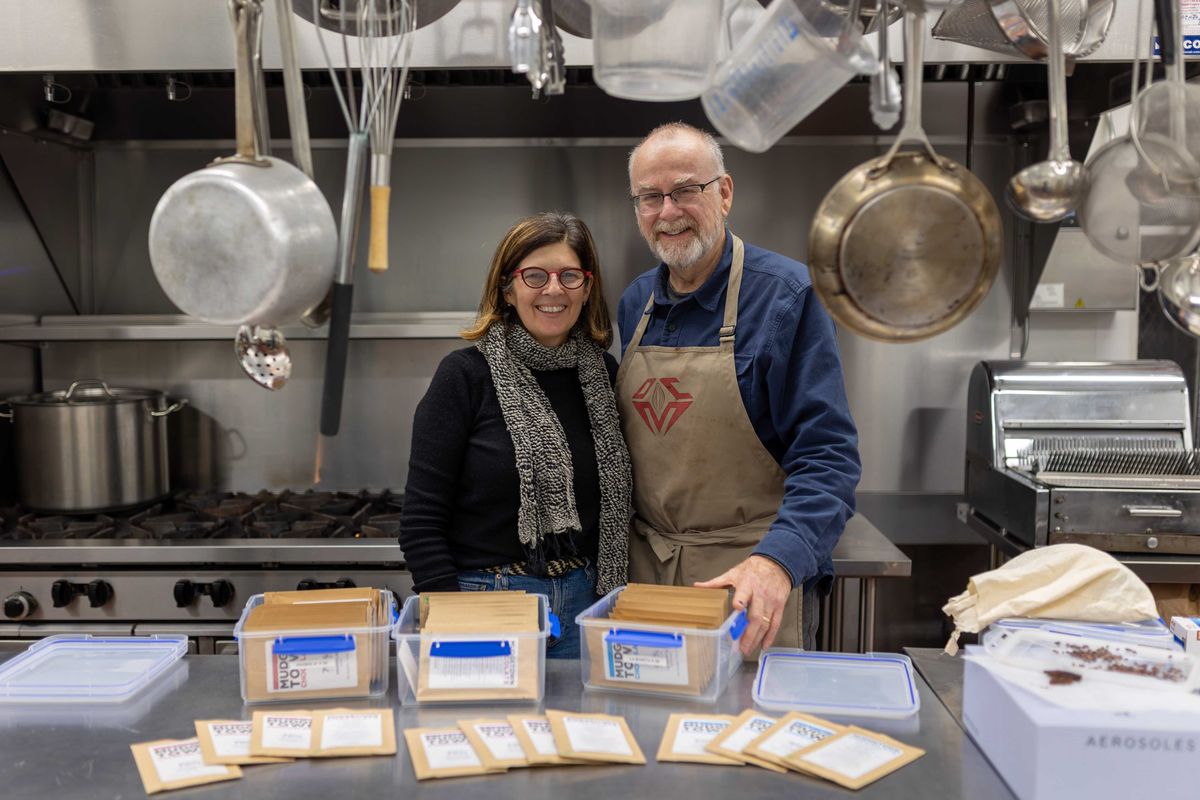
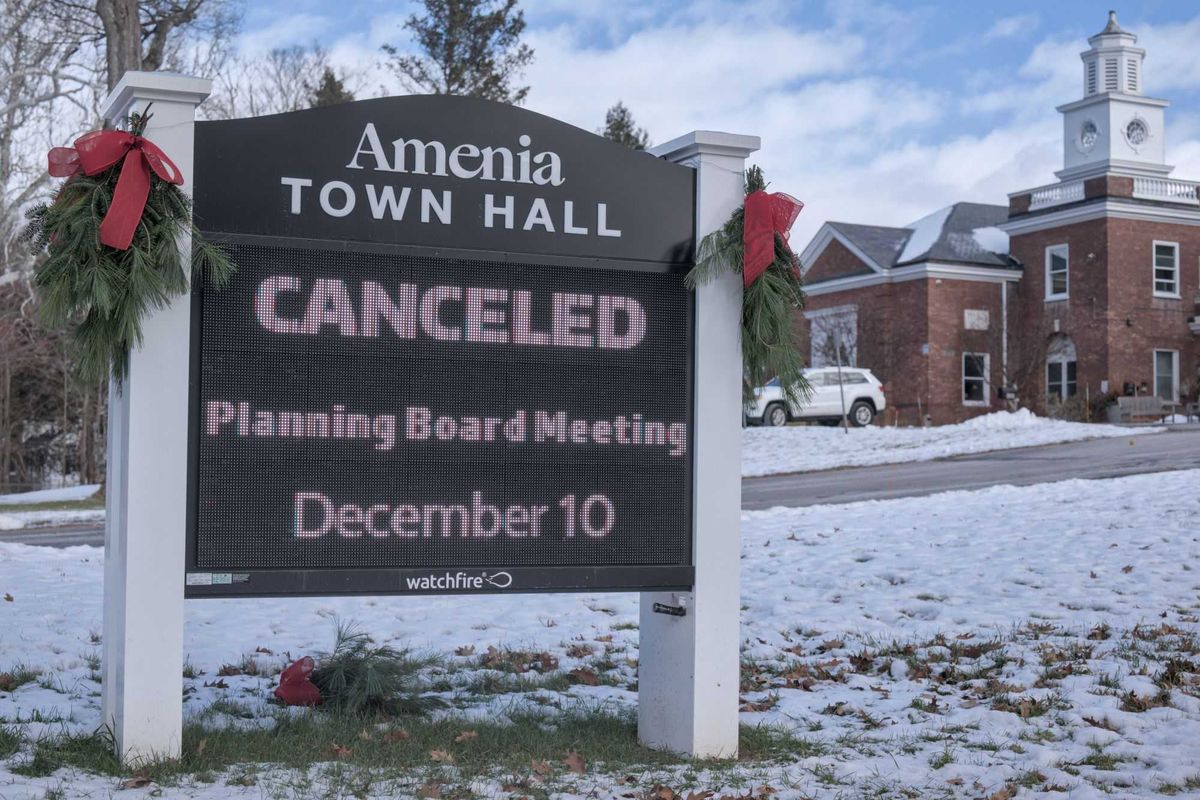
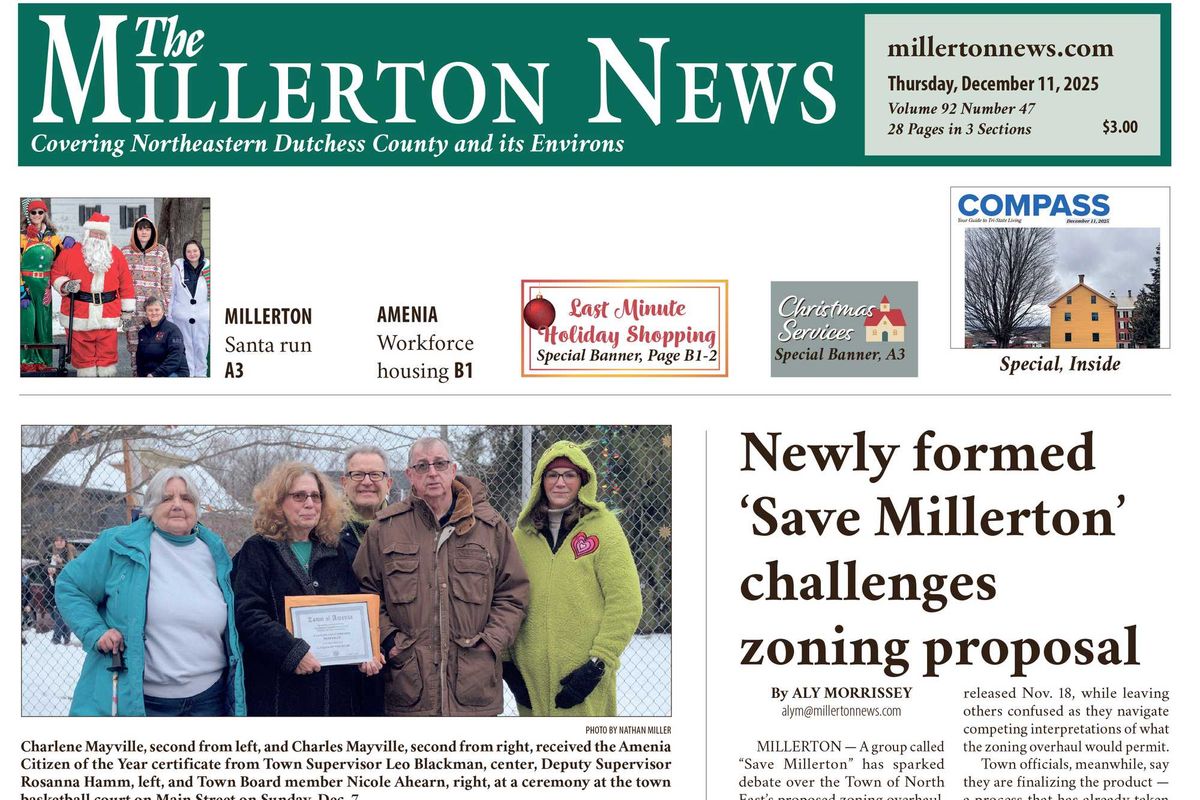

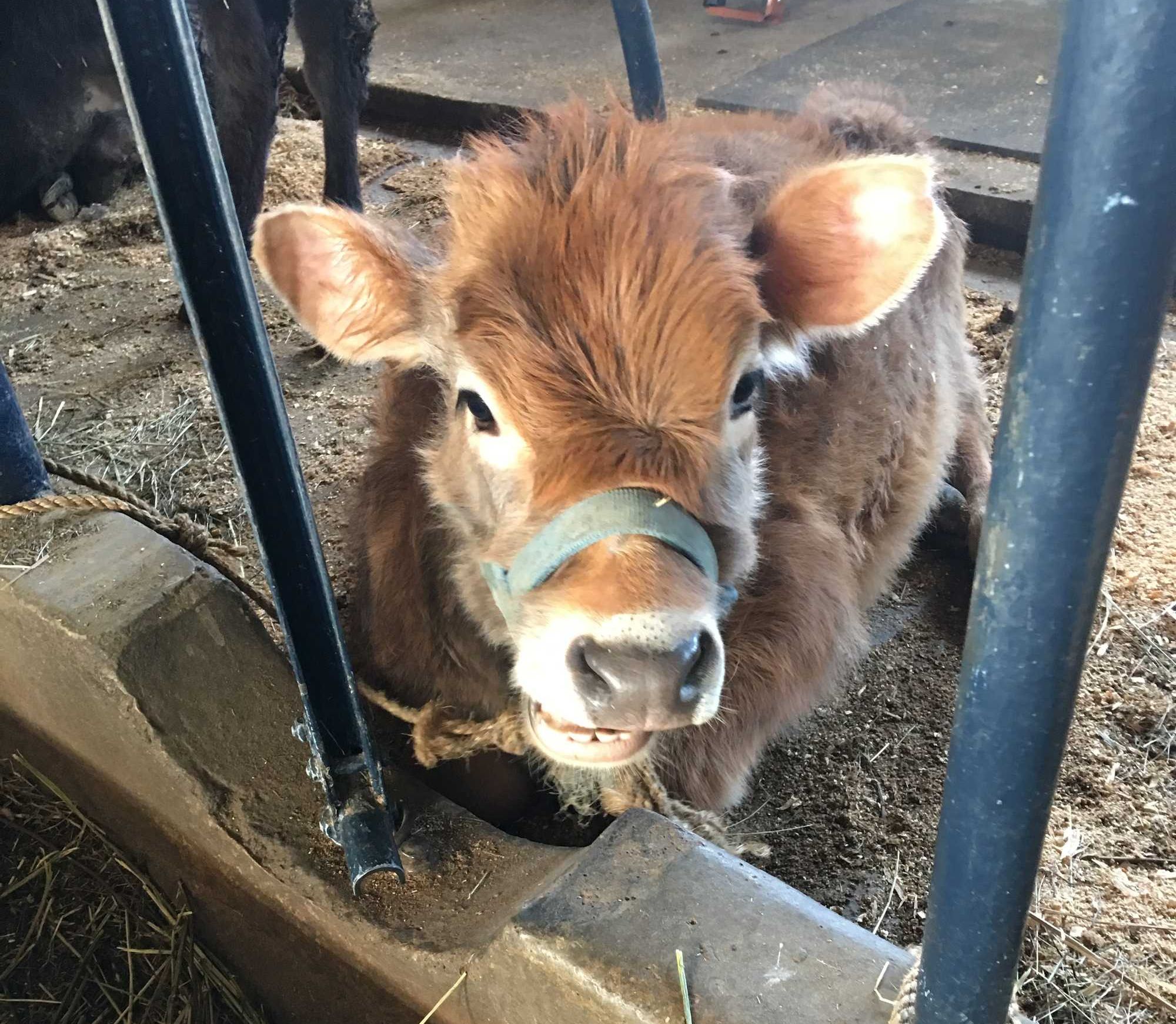 Shakers referred to their farm as the City of Peace.Jennifer Almquist
Shakers referred to their farm as the City of Peace.Jennifer Almquist
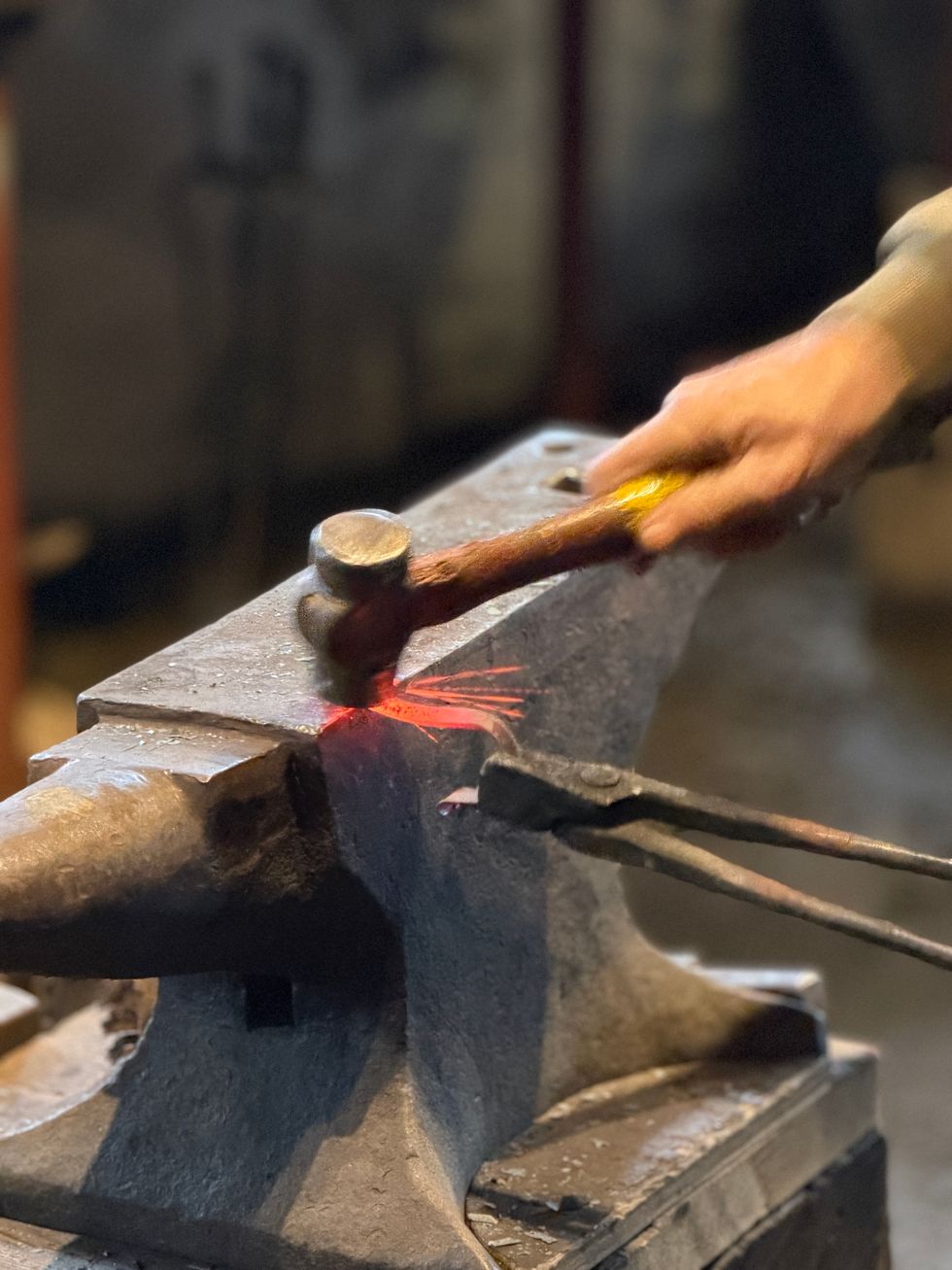
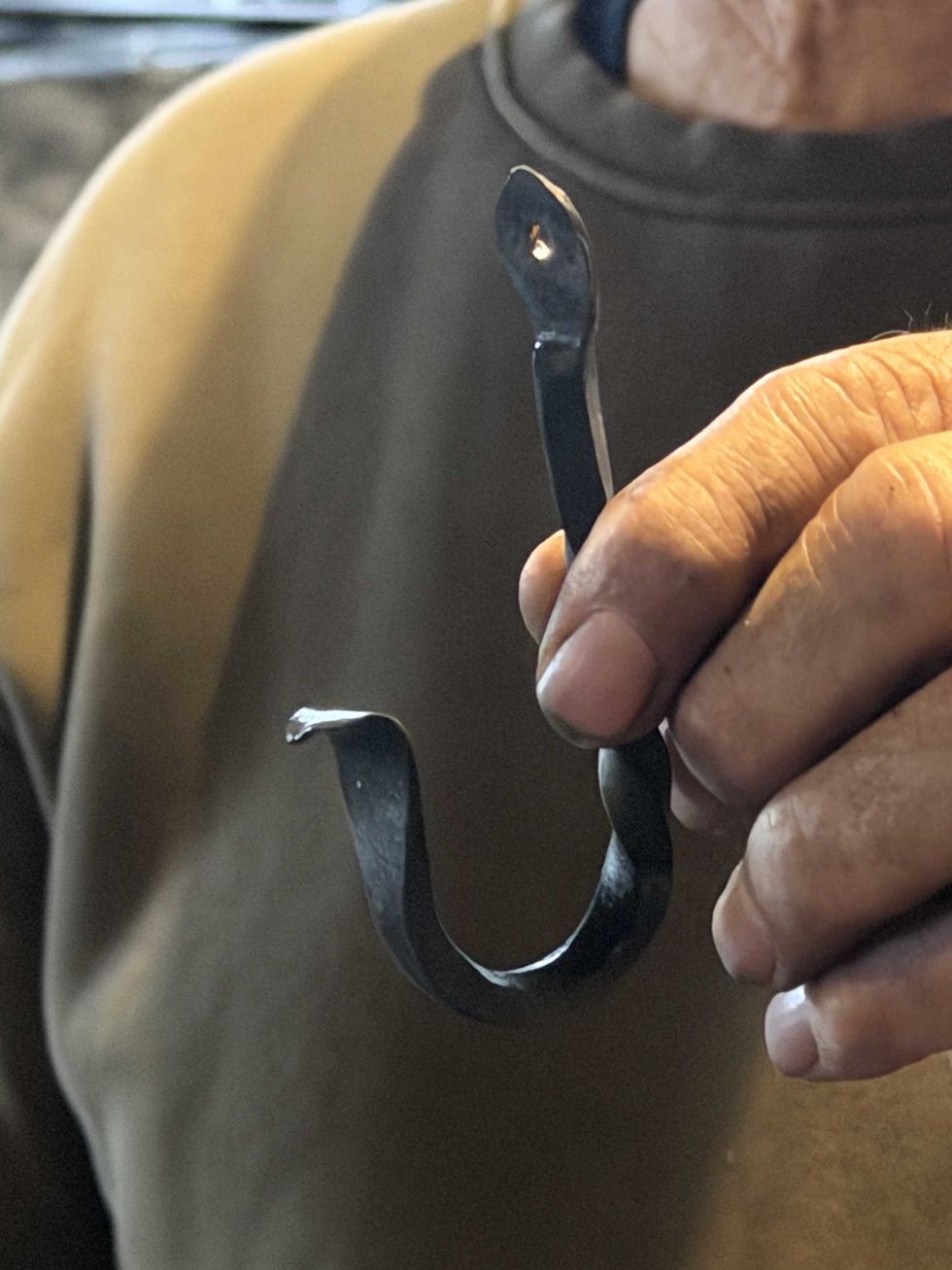
 A Shaker chair.Jennifer Almquist
A Shaker chair.Jennifer Almquist The Shakers embraced practical designs of great utility and beauty.Jennifer Almquist
The Shakers embraced practical designs of great utility and beauty.Jennifer Almquist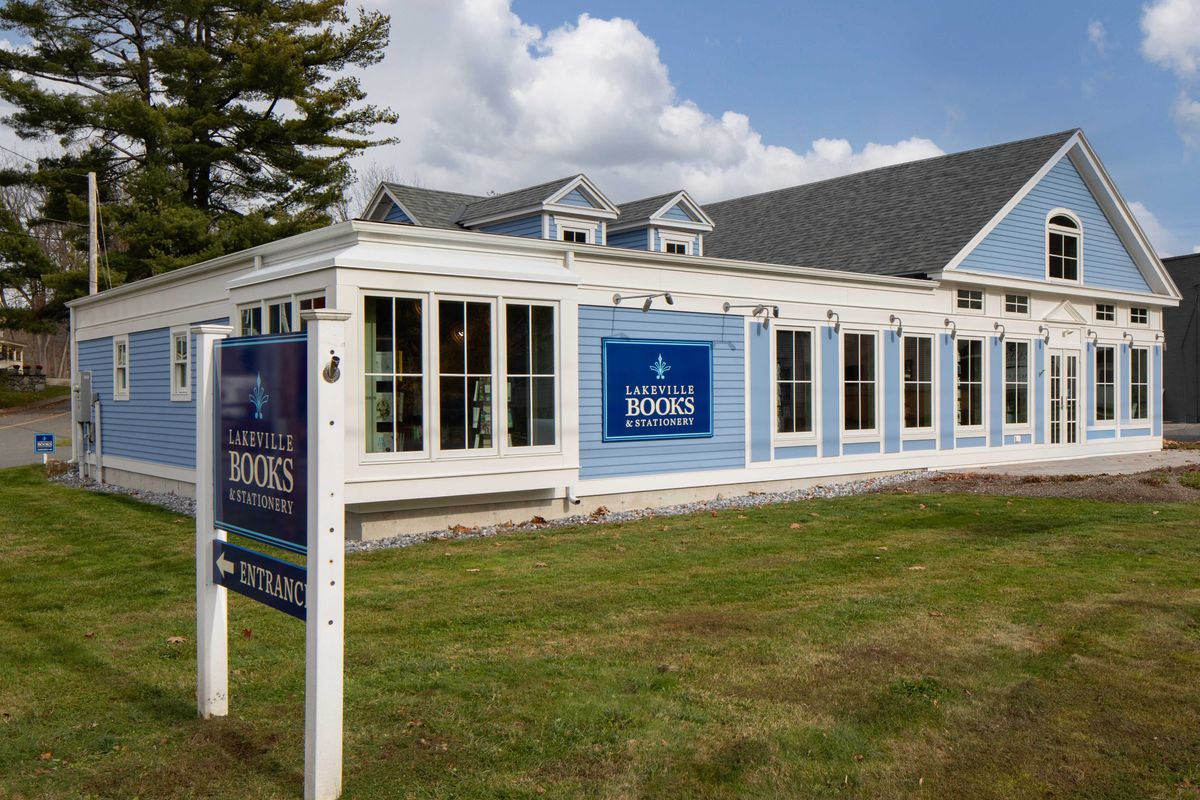
 Interior of Lakeville Books & Stationery.Provided
Interior of Lakeville Books & Stationery.Provided

